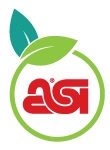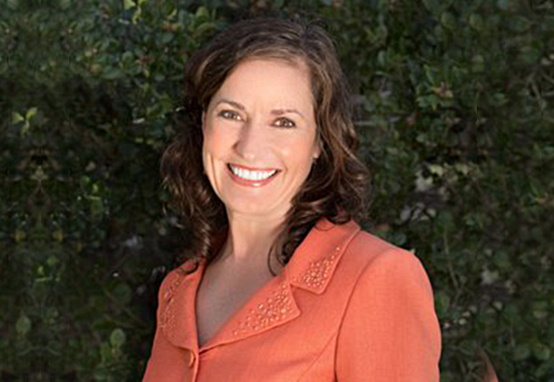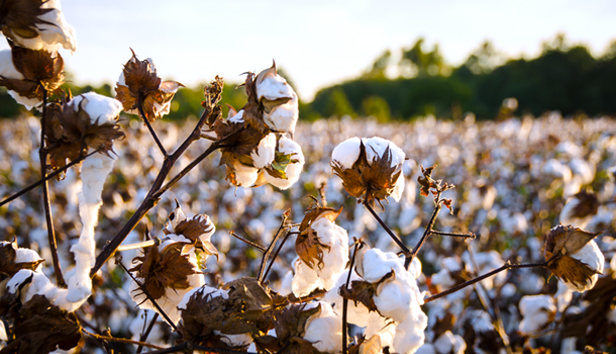May 11, 2022
Q&A: Program Aims to Drive Forced Labor Out of Cotton Production
Patricia Jurewicz, CEO of the Responsible Sourcing Network, explains how her nonprofit’s new initiative can help textile mills assess and mitigate risk of forced labor in their supply chain.
In recent years, the U.S. and other countries have grown increasingly concerned about forced labor coming out of the Xinjiang region of China. Late last year, President Joe Biden signed into law the Uyghur Forced Labor Prevention Act, which goes into effect this June. The law will affect promotional products suppliers and distributors that import directly. They and other U.S.-based importers across industries must ensure that their supply chains don’t have inputs from Xinjiang.

Introducing Promo for the Planet
ASI Media has launched a new resource hub covering all things sustainability. Look for the Promo for the Planet logo on stories, or visit www.asicentral.com/promofortheplanet to stay up to date on all of our sustainability-related content, from case studies to in-depth features to infographics, videos, podcasts and more.
It’s a noble and important goal, but thanks to the opacity of many supply chains – especially in the earlier stages of production – it can be a challenge to carry out. That’s where the Responsible Sourcing Network (RSN) comes in. The RSN, a nonprofit dedicated to ending human rights abuses and forced labor associated with raw materials, recently released pilot findings of its flagship initiative, YESS: Yarn Ethically & Sustainably Sourced, to demonstrate that manufacturers can track all of their cotton through their systems, from fabric back to cotton bale suppliers.
Patricia Jurewicz, CEO of RSN and creator of YESS, shared details from the project, which has the long-term goal of driving forced labor out of cotton production – whether that’s in China or another country – by increasing transparency and accountability throughout the supply chain.

Patricia Jurewicz, CEO of the Responsible Sourcing Network and creator of YESS
Q: Can you tell us a little bit about how the YESS pilot program got started?
A: I’ve been focused on trying to eradicate forced child and adult labor in the cotton industry since 2007. When I first started learning about it, there was a lot of information in the news about forced child labor in Uzbekistan, in particular. Turkmenistan is another location where they grow a lot of cotton, and it was an old kind of Soviet legacy of forcing people basically to go and harvest every fall. We’re hearing about a lot of abuse happening in Western China, particularly the Xinjiang region. And now there’s legislation against importing anything with forced labor embedded in it. That’s kind of where that started.
At the factory level, you have to work through various tiers to get to where things are being mined or harvested – where some of the really bad practices happen – but a lot of brands don’t even know what abuse exists. It’s really opaque. There isn’t clear transparency between where the raw commodities are coming out of the ground and then the shirt or jeans or cell phone that are made in a factory. So even if a brand wants to do the right thing, they don’t have the tools or accessibility to improve the situation.

Q: What did your pilot program entail?
A: We have a couple of brands that connected us with manufacturers in India, Malaysia and Pakistan that make either cotton yarn or fabric. We did something similar back in 2019 for the yarn spinners, and now brands have said they want one for the textile and fabric mills.
We drafted the standard, which lays out what they should do to look at risk, and we did online and in-person training before the pilot assessment. We trained some auditors on the whole system. Now there are people familiar with this approach, and they’ll be able to implement those independent assessments after we finalize the textile standard.
Q: Will there be certification to show there’s no forced labor in a supply chain?
A: We don’t call it a certification just because it’s more of an ongoing process. It can’t all happen overnight. We call it conformant. So, the facility would be conformant with the standard. After they’re assessed the first time, they maybe would have a list of things to change or improve, and part of the standard is also that they research their own supply chain further and set up a risk mitigation plan. They would have six months to show they’re meeting that plan. Then, it would be an annual assessment to demonstrate how they’re continuing to identify and address risk of forced labor inside their cotton inputs.
“A lot of brands don’t even know what abuse exists. It’s really opaque. … So even if a brand wants to do the right thing, they don’t have the tools or accessibility to improve the situation.” Patricia Jurewicz
We’re just looking at cotton, and we’re just looking at forced labor, and we’re just looking at forced labor in the field. So, we’re not looking at all types of human rights abuses or labor abuses inside the facilities. There are a lot of other initiatives and efforts out there that do that. We don’t want to replicate those processes or duplicate any effort.
Q: Would the general public be able to access whether a certain product is conformant with your standard?
A: We intend to have a public website where we could list which facilities are conformant, or maybe there are websites already out there that we could put the information, like the Open Apparel Registry. A lot of companies are starting to use QR codes, blockchain solutions or even DNA analysis or isotope tracing to offer more transparency and traceability to products. And our due diligence approach really complements that.
Q: What were some of the findings of the pilot program?
A: The factories already track a lot of paperwork on their shipments because they want to make sure they’re getting the quality and price they want. But they don’t know where their risk is. They want to know what questions to ask their suppliers, so that if a brand is asking about where the cotton in a bolt of T-shirt fabric originated, they could provide that kind of information. We created a whole bunch of checklists and templates and examples of what factories should be doing. We’re not trying to set them up for failure; we’re trying to set them up for success.
Q: Any final thoughts you’d like to share?
A: It’s really important to have a good understanding of where there’s potential and actual harm. Folks need to start asking questions, because it’s only by asking questions, by having more transparency, that we can identify the problems and fix them. There are more compliance requirements happening all the time, especially to imports into the United States. The Uyghur Forced Labor Prevention Act is coming into force in June. There are going to be due diligence requirements for companies in the next two months. There need to be solutions to help brands meet them. Having more of a holistic approach, these factories aren’t inundated with lots of different requirements from different brands. Let’s try to work as an industry to figure it out together so we can be as efficient as possible. Keep the costs down, but actually fix the problems.

Promo for the Planet is your destination for the latest news, biggest trends and best ideas to help build a more sustainable and socially-responsible industry.
